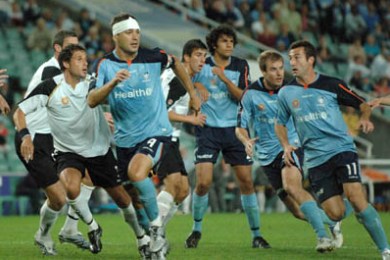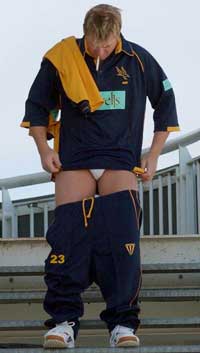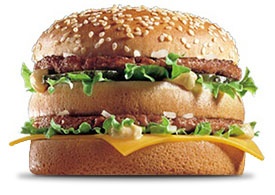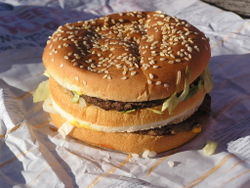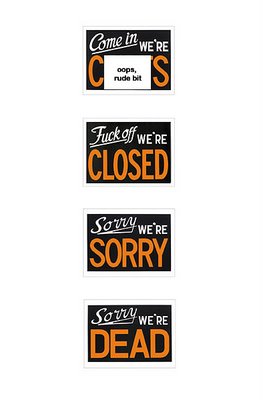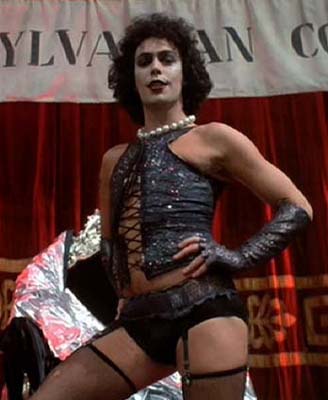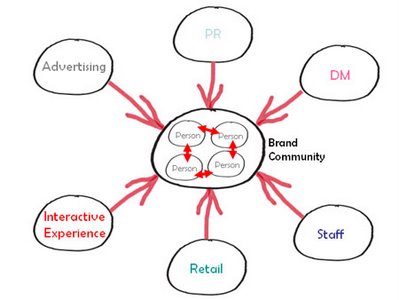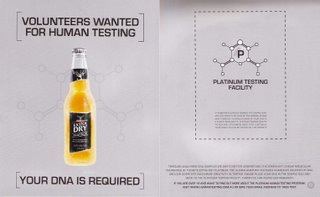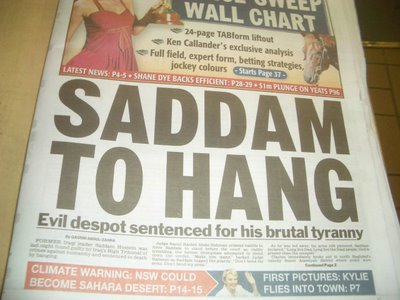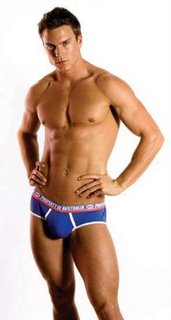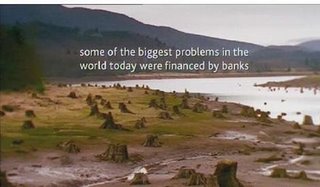Apologies for the long post ahead. I wish I knew how to only display the first part of it.It's just not as much fun as it used to be for marketers in FMCG companies.
First
Coles and Woolworths got so big and powerful that the execution and success of brand plans had just as much to do with a buyer's KPI's than it's relevance to the end consumer.
And now that Coles and Woolworths have started their drive to increase private label share of category, the implications for FMCG brands are massive. And if that’s the case, then the ad agencies of those companies will be impacted as well.
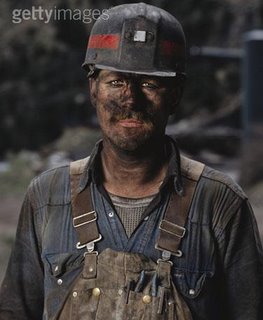 Graham, the new Brand Manager, misread the brief and charged off to produce the new 'You'll Love Coles' product with dire consequences.The key trends are evident:
Graham, the new Brand Manager, misread the brief and charged off to produce the new 'You'll Love Coles' product with dire consequences.The key trends are evident: * Shelf space for brands is becoming tighter as PL brands grow share of shelf
* Brand line extensions often mean one in, one out from that brands current range.
* Each category is getting more polluted with brand line extensions. Ski Yoghurt bars how compete with Kellogs K-Time bars in 'nutritional' snacks.
* New innovations being introduced generally cost more and whittle away at total brand margin.
* The trade is giving new lines little time to make an impact, with the threat of deletion raised at the first sign of slow unit sales.
So what does this mean?It means the single biggest opportunity for marketers is to take control of the future of their company's profits. Outmarket the competition. Be a smarter marketer. Now that's exciting!
It means that we as marketers need to make brands as relevant and appealing as possible.
It means we need to leverage the power of the brand.
It means we need to unlock the insights and understand how our consumers are going to respond to our brand proposition better than anyone else in the market.
It means that we need to ensure our brand is always part of the consumers repertoire in the category.
It means the comms strategy needs to engage the consumer, tell a story about the brand and register an emotional bond. A Brand Power ad may sell some product, but when the dust has settled, what's left in the consumer's mind?
It means the brand growth needs to come from more than just line extensions. Rather, tactical activity and line extensions need to contribute strongly towards the brand values and positioning which will make consumers like it and want to keep buying it.
And it also means marketing has a strong role to play in how Private label is managed within their business. Marketers have to balance a mix of managing products, brands, categories, innovation and their own private label offerings within those categories.
This being the case, what does this mean for marketers?
_________________________________________________
Marketing must control Private Label, not the Sales FunctionThe problem in a lot of companies, especially those traditionally driven by volume, is that the Sales team have too much influence on Private Label. In some companies they even own the process. A very dangerous structure.
The Sales team have been smacked around the head for so long by the trade that when Coles or Woolies ask for a private label, the Sales team generally shout yes and do anything to make it happen. I've seen instances where they've said yes without anyone in the business knowing, and as a result the company is more or less committed when everyone else finds out.
If Sales own the Private Label function, or have too strong a say in it, the marketer risks getting ambushed.
If it's an issue, Marketing must wrest ownership back from Sales and set strong groundrules about the in-house process.
Employ a dedicated private label marketer (that's a Marketer, not a Salesperson who's been given a chance in marketing) who works closely with the marketing team and sales team.
And performance measurements that revolve just as much around delaying PL launches (see below) and managing the 'no' argument back to the trade should also be part of it.
_________________________________________________
Know when to release innovation into the PL arenaInnovation is the lifeblood of growth for FMCG. And innovation is not getting any easier either. Marketing teams are working harder to bring profitable and unique new products or line extensions into the market, working on time frames from 6 months to 2 years from concept to launch.
Coles and Woolworths will want all successful new innovations as soon as possible for their own brands. When should you give it to them? The answer is to delay as long as possible. If it's something you own, say a proprietary manufacturing process, you could argue to never give it to the trade.
This obviously increases the risk that you might lose the business. Don't worry, at the next dutch auction you can win it back with a lower price. Because that's often all it takes to win the business. The trade are about as loyal as Hugh Hefner. Aldi excepted. They're more like Brad Pitt. Highly committed but you still know he'll move on at some point.
And if your business is absolutely reliant on a private label win to stay afloat, maybe the grass is greener in a more brand driven organisation.
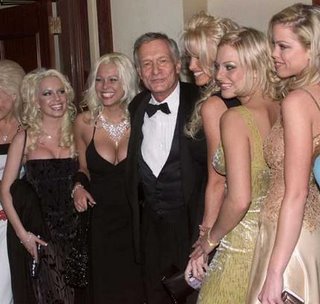 Hugh Hefner has a rather large brand repertoire whenever he shops in the Blonde Bombshell category
Hugh Hefner has a rather large brand repertoire whenever he shops in the Blonde Bombshell category_________________________________________________
Ensuring Private Label Growth Won’t Cut Your Brand Marketing BudgetMany MD’s see a Private Label win as an incremental profit boost. It helps fill the factories, the manufacturing team are happy, and the Sales team achieve their volume target bonuses. The Private Label balloon gets big.
Then what happens is that private label gets built into the company P&L’s. That’s the P&L for both PL and branded business. Some nice growth shows up and makes shareholders all happy. And the company needs to keep showing its shareholders that it will continue to grow versus the prior year.
The problem here is that private label business can be lost as easily as it can be won. All the balloon needs is a little prick and it’s gone. A competitor undercutting price by a few cents can be all it takes. And Hugh Hefner as a buyer.
Or some purchasing guy ordering the wrong caps resulting in a 6 week out of stock. Bang. Business switched.
Or the system goes down during the online Dutch auction that the vendors use to decide who wins the business (at the lowest price of course).
So when there’s a huge gap in the profit number to make up, where’s the first place the MD will look? Most likely at the Marketing budget. That’s the marketing budget of the brand, by the way – not the Private Label.
So what should a company ideally do?1. Clearly separate Private Label from brand P&L’s. This sounds common sense but I've seen instances otherwise.
2. Redirect all incremental profit back into brand building activity. If not all of it, then 50% of it. Fight for this as a condition of the pitch process.
In this day and age of massive retailer power, manufacturers have their own weapon – the power of their brands. Because without a strong brand, the future’s not looking too bright.
These are a couple of initial thoughts and I'd be interested to hear any others on this particular issue.













